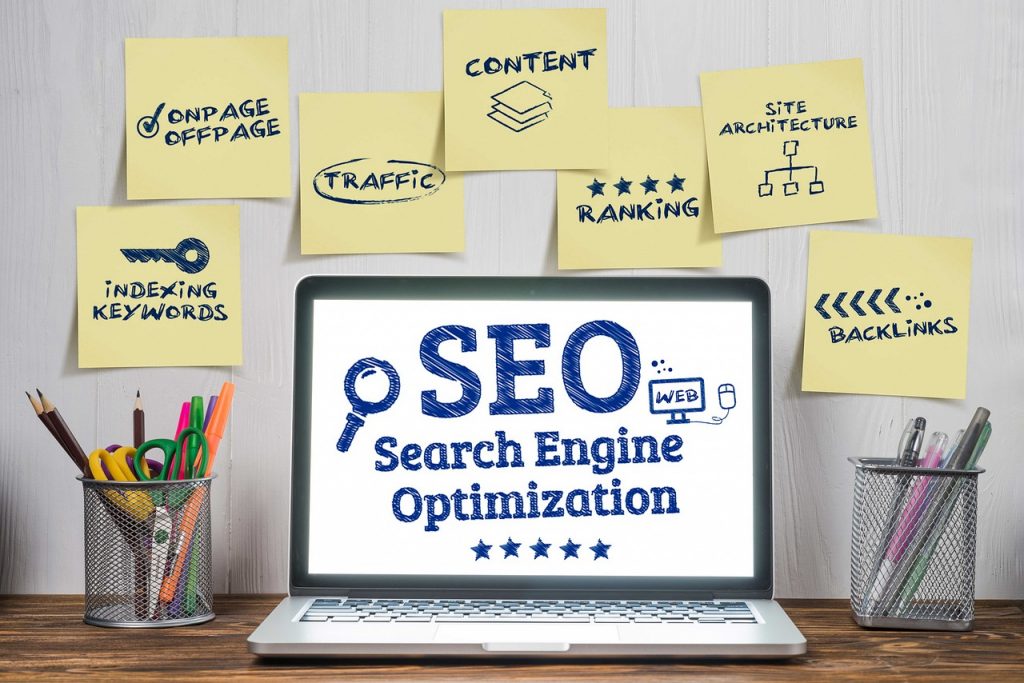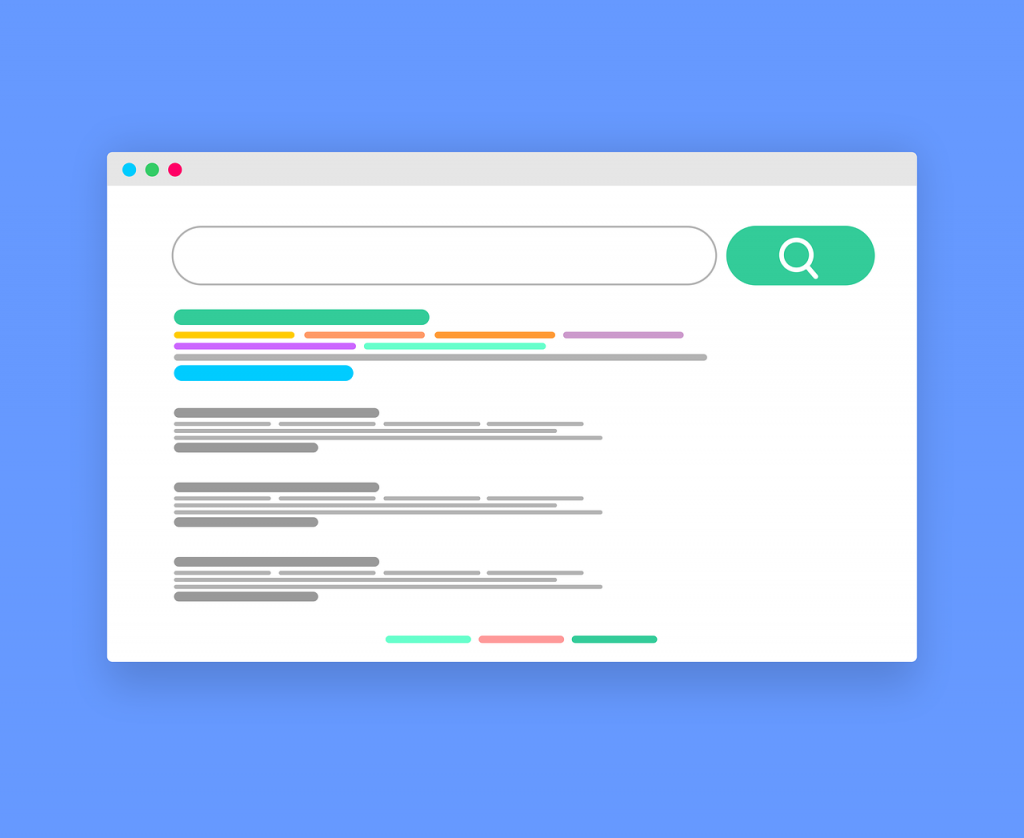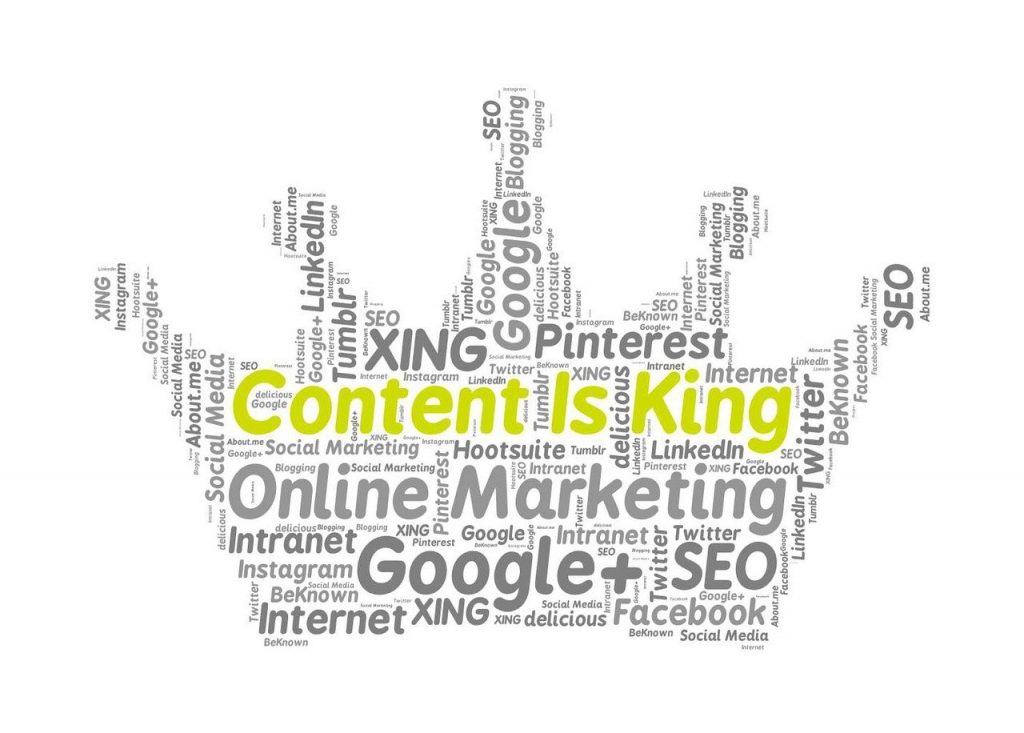Creating content that ranks well on search engines is essential for driving organic traffic, growing brand visibility, and boosting conversions. SEO content creation is not just about writing articles that are keyword-heavy; it’s about creating quality content that answers users’ needs while also being optimized for search engine algorithms.

In this comprehensive guide, we will walk you through the steps to master SEO content creation, including tips and best practices that ensure your content is relevant, engaging, and easy to discover.
What is SEO Content Creation?
SEO content creation involves writing, structuring, and optimizing content in a way that makes it more visible to search engines like Google, Bing, and Yahoo. This process aims to match the intent of the searcher with relevant, high-quality content that answers their questions or fulfills their needs.
It’s essential to note that SEO is not about stuffing your article with keywords. Search engines have evolved and now prioritize content that provides genuine value. This means that simply having the right keywords isn’t enough – you must focus on the user’s experience, intent, and satisfaction. In short, SEO content creation is about building a balance between user-focused and search engine-focused elements.
The Foundations of SEO Content Creation
Content Quality
The foundation of SEO success is high-quality content. To create content that ranks well, you need to address your audience’s pain points, provide solutions, and give insightful information that encourages engagement. Poor-quality content leads to lower rankings and also decreases user satisfaction, leading to high bounce rates.
- Relevance: Your content should directly answer the searcher’s query or provide solutions to their problems.
- Depth: Surface-level content may not provide enough value. Consider offering in-depth guides or comprehensive answers that position your content as a valuable resource.
- Accuracy: Make sure your information is factual, up-to-date, and well-researched. Credibility matters to both search engines and users.
Search Engine Ranking Factors
Search engines use algorithms to evaluate various aspects of your content and website. Understanding these factors is crucial for creating content that ranks well:
- User Experience (UX): This refers to how easy and enjoyable your website is for visitors. Poor UX, like slow loading times or confusing navigation, can drive users away, leading to higher bounce rates, which negatively impact rankings.
- Authority and Trustworthiness: Google uses signals like backlinks from reputable sites, user engagement metrics, and content length to determine the authority of your page.
- Mobile-Friendliness: Google now uses mobile-first indexing, meaning it evaluates your mobile site to determine rankings. Ensure that your website is responsive and optimized for mobile devices.
- Page Speed: If your page loads slowly, users will leave, and Google will take note. Optimizing images, compressing files, and using a reliable web host can help improve page load speeds.
Keyword Research for SEO Content Creation
Keyword research is one of the most important steps in SEO content creation. Without knowing what your audience is searching for, it’s impossible to create content that ranks well.
Tools for Keyword Research
There are many tools available to help you discover what keywords your target audience is using. Some of the most popular include:
- Google Keyword Planner: Great for beginners, it shows keyword volume and competition.
- SEMrush: A more advanced tool that provides in-depth data on keywords, search intent, and competitors.
- Ahrefs: This tool is especially useful for finding backlink opportunities as well as keyword analysis.
Search Intent: Understanding User Goals
Not all searches are the same. For SEO success, you need to understand what kind of content matches different types of searches. Users might search for different reasons, including:
- Informational: The user wants to learn something (e.g., “how to do keyword research”).
- Navigational: The user is looking for a specific website (e.g., “Google Keyword Planner”).
- Transactional: The user is ready to make a purchase or perform an action (e.g., “best SEO tools”).
Incorporating Keywords Naturally
While keywords are important, avoid keyword stuffing, which is the overuse of specific terms in an unnatural way. Instead, aim for a balance:
- Primary Keyword: Your primary keyword should appear in key places like the title, meta description, headers, and within the body of the text.
- Secondary Keywords: Use variations of your primary keyword and related terms to enhance context.
On-Page SEO Best Practices
Optimizing your content for search engines doesn’t stop at inserting keywords. On-page SEO is about making your content technically sound, structured, and optimized to deliver the best user experience. This not only helps search engines understand your content but also improves engagement by making your site easier to use and navigate.
Title Tags and Meta Descriptions
Your title tag is one of the most important on-page SEO elements. It gives both users and search engines a clear understanding of what the content is about.

- Title Tag Best Practices: Your title tag should be concise (60 characters or less), include your primary keyword, and accurately reflect the content of the page. This helps search engines understand your content and boosts click-through rates (CTR) in search engine results pages (SERPs).
- Meta Descriptions: While meta descriptions don’t directly impact rankings, they influence CTRs, which indirectly affects your SEO performance. Crafting a compelling meta description that includes your primary keyword and highlights the content’s value can entice more users to click. Keep meta descriptions under 155 characters for the best display on SERPs.
Header Tags (H1, H2, H3)
Headers play a vital role in organizing content and improving its readability. They also give search engines insight into the structure and hierarchy of your content.
- H1 Tag: The H1 should include your primary keyword and clearly communicate the main topic of the page. This tag is usually the article’s main title and serves as a roadmap for search engines to understand what the content is about.
- H2 and H3 Tags: Subheadings like H2 and H3 tags break up the content into sections. They help both users and search engines navigate the page more efficiently. Using secondary keywords in these headers can further optimize your content and improve relevance for multiple search queries.
Image Optimization
Images are not just about making your content visually appealing. Proper image optimization can significantly impact your on-page SEO, especially in terms of page load speed and user experience.
- Alt Text: Always add descriptive alt text to every image. This helps search engines “read” the image, improving the chances of ranking in image search results. Use your primary or secondary keywords naturally in the alt text where applicable, but ensure that it accurately describes the image.
- File Name: Rename your image files to reflect the content of the image, using descriptive, keyword-rich filenames. For example, instead of “IMG12345.jpg,” use something like “seo-content-creation-guide.jpg.”
- Compression: Large image files can significantly slow down your page, leading to a poor user experience and lower rankings. Use tools like TinyPNG or ImageOptim to compress your images without losing quality.
- Image Dimensions: Ensure that your images are appropriately sized for your web layout. Overly large images can impact page speed, especially on mobile devices.
Mobile-First Indexing
Mobile-first indexing means that Google predominantly uses the mobile version of your content for indexing and ranking. With the majority of users now accessing the internet via mobile devices, mobile optimization has never been more critical.

- Responsive Design: Your site must be responsive, meaning it adjusts automatically to different screen sizes. A responsive design improves usability and is favored by Google’s algorithm. Test your site across multiple devices to ensure seamless performance.
- Page Speed on Mobile: Mobile users expect quick load times, and Google takes this into account when ranking mobile sites. Use tools like Google’s PageSpeed Insights to test how your site performs on mobile devices and make improvements where necessary. Compress images, use browser caching, and reduce server response times to optimize mobile page speed.
- Mobile-Friendly Content: Make sure your content is easy to read on smaller screens. Use larger fonts, avoid large blocks of text, and ensure that buttons and links are easy to click. An intuitive mobile layout can reduce bounce rates and improve user engagement.
Schema Markup
Schema markup is a form of structured data that helps search engines understand the content on your page more clearly. This markup can improve how your page appears in SERPs by enabling rich snippets, such as star ratings, prices, or event details, which can lead to higher click-through rates.
For example, if you’re writing an article, you can add Article Schema to clarify that your page contains blog or news content. Similarly, Product Schema can be used for eCommerce sites to display key product information directly in the search results, like price or availability.
Although adding schema doesn’t directly improve rankings, it can help improve your click-through rate by providing additional information in the SERPs. The enhanced visibility of your content can attract more clicks and even featured snippets.
You can implement schema markup using Schema.org’s structured data guidelines or through Google’s Structured Data Markup Helper. There are also plugins like Yoast SEO and Schema Pro that simplify the process, especially if you’re using WordPress.
Internal Linking
Internal linking refers to linking to other pages within your own website. It serves multiple purposes, including guiding users to related content, spreading link equity (ranking power) across your site, and helping search engines discover new pages.
- Best Practices for Internal Linking:
- Ensure that your anchor text (the clickable part of the link) includes relevant keywords that describe the linked page.
- Link to both new and older content to maintain a strong, cohesive structure.
- Avoid over-using links on a single page. Too many internal links can dilute the effectiveness of each link and confuse both users and search engines.
External Linking
External links (links pointing to other websites) are important for SEO because they show search engines that you’re providing additional context and resources for your readers. Linking to authoritative and relevant sites signals trustworthiness and credibility.
- When to Use External Links:
- Cite external research, statistics, or studies to add credibility to your content.
- Link to relevant articles that further explain complex topics, providing additional value to your audience.
- NoFollow vs. DoFollow: When you link to external sites, they can be tagged as either DoFollow or NoFollow. DoFollow links pass SEO value (or link equity) to the linked site, while NoFollow links do not. While you may want to preserve your site’s link equity, it’s still good practice to include some DoFollow external links to reputable sources as it demonstrates to Google that you’re offering quality references
Writing for Readability and Engagement
Content that is easy to read and engaging holds the reader’s attention, which improves time on site—a key ranking signal.
Structuring Your Content
Break your content into smaller paragraphs, use bullet points, and add subheadings to help with readability. Lists and bullet points are especially useful for highlighting important information.
Avoid Technical Jargon
While it’s important to be informative, you should also avoid overwhelming your audience with complex terms. Write in a clear and straightforward manner.
Adding Visuals
Incorporating images, infographics, or videos not only makes your content more engaging but also helps with SEO. Always optimize your images by including relevant alt text that contains keywords, compress the file size to improve load times, and ensure the visuals are mobile-friendly.

Content Promotion and Distribution
Once your content is live, it’s important to promote it. SEO alone isn’t always enough to attract attention. Promoting your content across multiple channels will increase traffic, engagement, and backlinks.
Social Media Sharing
Share your content on platforms like Twitter, LinkedIn, and Facebook. Although social signals don’t directly impact SEO rankings, they drive traffic and increase visibility, which can lead to backlinks.
Email Marketing
Email newsletters are another way to distribute content to your audience. Include links to your latest blog posts and encourage subscribers to share the content if they find it useful.
Backlink Outreach
One of the most effective ways to improve your content’s ranking is through backlinks. By reaching out to influencers or authoritative sites in your niche, you can request that they link back to your content if they find it valuable.
Measuring SEO Success and Optimizing Performance
Even after publishing your content, the work isn’t done. You’ll need to track its performance and make necessary adjustments to ensure it continues to perform well in search rankings.
Tracking Performance
Use tools like Google Analytics and Google Search Console to monitor how your content is performing. These tools provide insight into traffic, user behavior, and keyword performance. Metrics to focus on include:
- Traffic Volume: How many visitors are landing on your page?
- Bounce Rate: Are users leaving immediately, or are they staying and engaging with your content?
- Rankings: Where does your content rank for the target keywords?
Optimizing Based on Data
If your content isn’t performing as well as you hoped, consider revisiting your keyword strategy, improving internal linking, or updating outdated information. Continuous optimization is key to maintaining relevance and ranking in search results.
Final Thoughts on SEO Content Creation
Mastering SEO content creation takes time, research, and attention to detail. By focusing on creating high-quality, user-friendly content while also optimizing for search engines, you can significantly improve your website’s visibility and organic traffic. Strategies like keyword research, on-page optimization, and using schema markup all play a crucial role in helping your content stand out.
However, SEO is an ongoing process. As algorithms evolve and user behavior changes, keeping your content optimized and up-to-date is essential. Whether you’re just starting out or looking to enhance your current SEO efforts, expert guidance can make a big difference in achieving sustained results.
At Wesrom, we specialize in creating and optimizing SEO content that drives traffic, boosts conversions, and elevates your online presence. Whether you need help with content strategy, keyword research, or technical SEO, our team of experts is here to assist.
Contact us today for a free consultation or visit our SEO Services page to explore how we can help you improve your search rankings and grow your business.